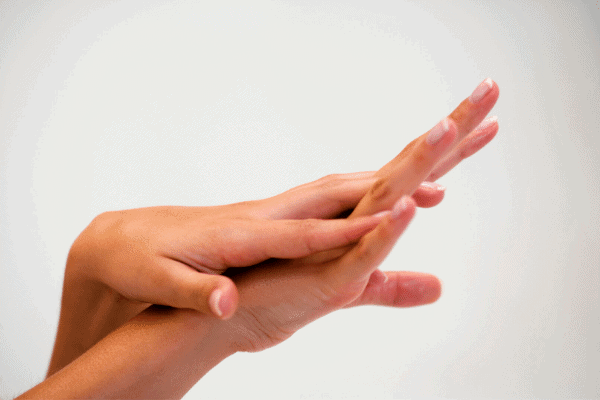Panic buying as a reaction to the COVID-19 pandemic resulted in certain household products selling like hotcakes. These products include such staples as toilet paper and bread, in addition to one particular product that has been on the shelves for years, but which has only recently been deemed necessary: hand sanitizer.
In the U.S., sales of hand sanitizer skyrocketed since COVID-19 first landed in the country. In the week leading up to March, when the U.S. saw the first case, hand sanitizer sales increased by 300% from the same week in 2019, according to a study from Nielsen.
Price Hiking
Some consumers even hoarded hand sanitizer amid the shortage, with online prices soaring. That led to third-party price-hiking sellers on such sites as Amazon and Walmart being threatened by law enforcement officials. A $2.50 8-ounce bottle of Purell was being sold for $90 before Amazon removed it from the site in March.
The increased popularity of hand sanitizer coincided with a message from health officials, which said that the best way to slow the spread of potentially harmful germs is through vigorous hand washing using soap and water. U.S. sales of soap increased by double-digit percentage points during the pandemic, but not even close to the level of hand sanitizer sales, claims the Nielsen study.
The Centers for Disease Control and Prevention notes that in the fight against coronavirus, hand sanitizer that contains at least 60% alcohol should be used in the absence of soap and water.
Today’s consumers in the U.S. are spending hundreds of millions of dollars each year. An estimate from market research company Fior Markets asserts that the global market for hand sanitizer products could exceed $2.1 billion by the year 2027.
Spike in Sales
In 2009, the World Health Organization (WHO) released new guidelines that recommended the use of alcohol-based hand sanitizer to professionals working in the healthcare industry, especially those working in countries with scarce resources and limited access to clean water.
That was also the year when hand sanitizer sales among consumers first saw a spike in the wake of HN1. Also known as the swine flu, HN1 infected over 60 million Americans, killing between 151,700 and 575,400 people globally (estimated).
Fears over contracting HN1 and increasing recommendations from health experts to use alcohol-based hand sanitizers to prevent germs from being spread were likely factors in the first big spike in hand sanitizer sales, which increased by 70% during that time in the U.S.
For the average consumer in the U.S., who isn’t expected to worry about finding soap and clean water, and isn’t pushed for time unlike an ER doctor, hand sanitizer is a viable option. That’s especially the case in an on-the-go situation, in which they might not have immediate access to a public bathroom, which is more likely during a pandemic. For example, if you’re using a Port-a-Potty in New York City or you’re going for a walk and find yourself coming into contact with all sorts of surfaces, hand sanitizer is a viable alternative to washing your hands.
A Warning From the FDA
Hand sanitizer hasn’t been without its controversy. Health officials have issued warnings over Purell-maker Gojo. The FDA wrote to Gojo against making unsubstantiated claims about its range of hand sanitizer products.
The FDA’s concerns, however, haven’t damped a desire from consumers to buy more hand sanitizer as coronavirus continues to spread. Stores across the U.S. are still reporting product shortages, leading many people to seek other methods of making their own versions. A quick search online will provide an endless number of websites and videos showing people how to do just that. As a result, the brand Tito’s Homemade Vodka issued a statement in March to warn people that they shouldn’t use their vodka as a key ingredient in homemade sanitizer.
Such alcohol producers as Pernod Rocard and Anheuser-Busch have begun to produce hand sanitizer to donate to government health agencies and hospitals amid a shortage. Prison laborers in New York State are making their own hand sanitizer, while SpaceX is making face shields and hand sanitizer to donate to health care workers and hospitals across the U.S.
Fortunately, hand sanitizer is available from a number of reputable companies. So, heed warnings from health officials over any unsubstantiated claims, and always opt for commercially-available hand sanitizer over attempting to make it for yourself. Of course, soap and water should always be your first port of call when available. But you should absolutely have a bottle of hand sanitizer on standby for those times when washing your hands the old fashioned way isn’t an option.
Senior Outlook Today is your go-to source for information, inspiration, and connection as you navigate the later years of life. Our team of experts and writers is dedicated to providing relevant and engaging content for seniors, covering topics such as health and wellness, finances, technology and travel.






